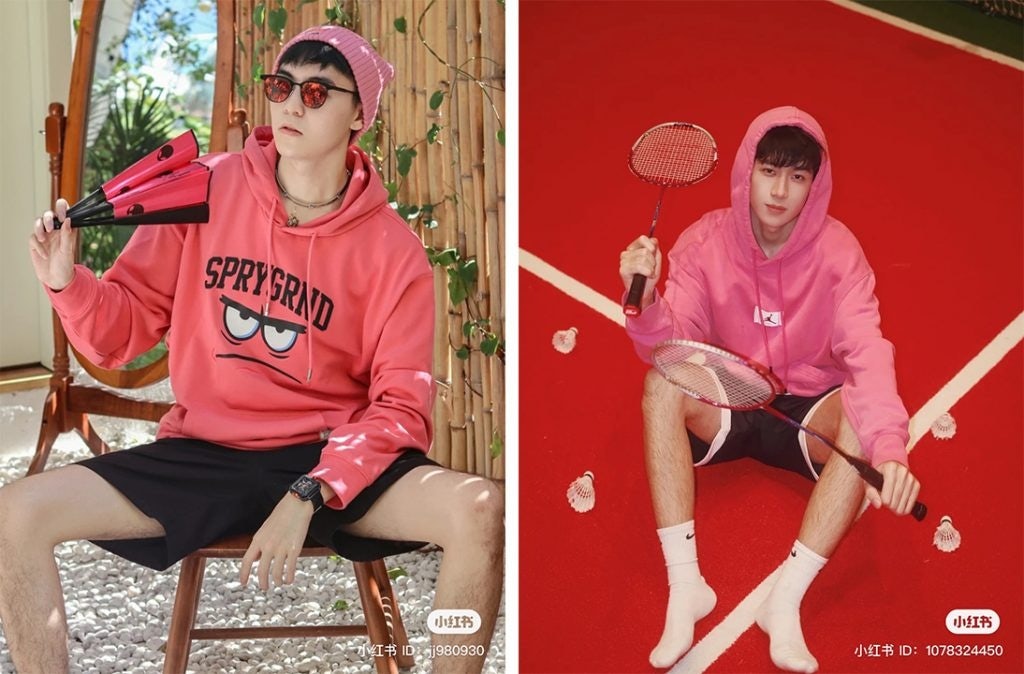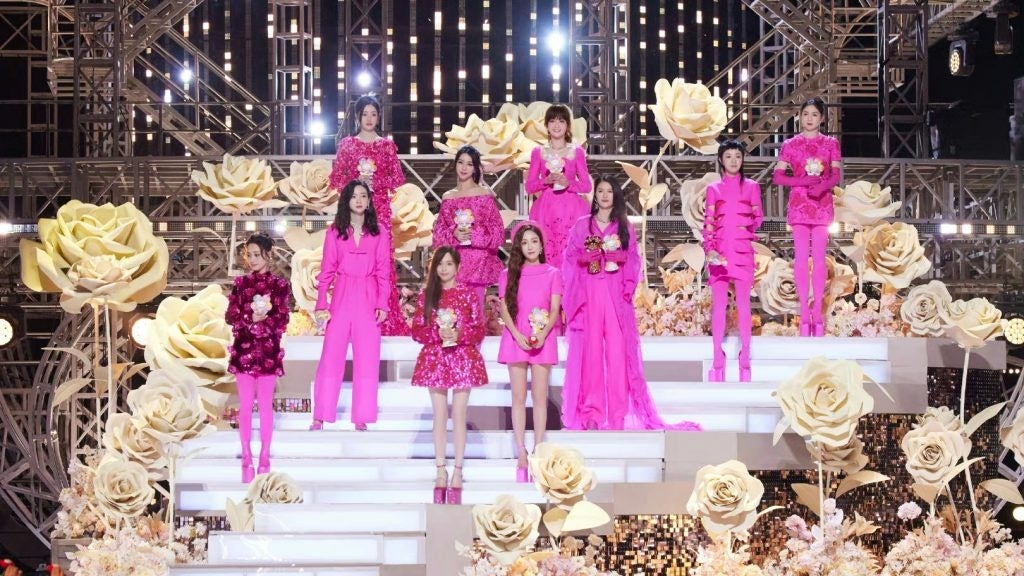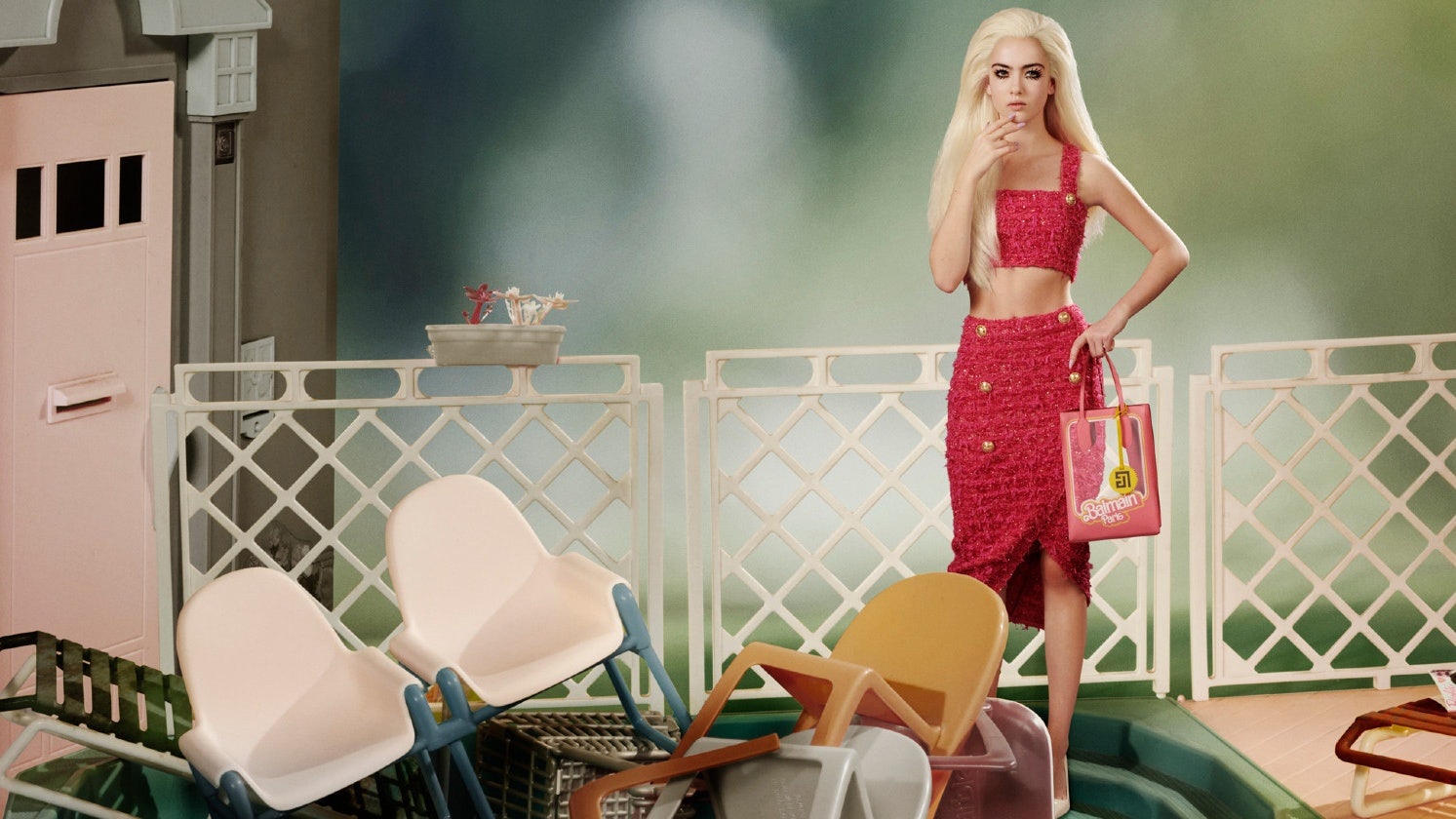Pink is the new black. With the upcoming Barbie movie starring Margot Robbie and Ryan Gosling, terms like Barbiecore and hot pink have gone viral on social media. Globally, celebrities such as Nicki Minaj, Justin Bieber, and Lil Nas X helped to create a pink buzz on social media. Trend forecaster WGSN even announced "Orchid Flower," an intense magenta, as the Color of the Year for 2022.
Fashion has not missed out either: Balmain introduced a collaboration with Barbie in January while Pierpaolo Piccioli developed his own shade of pink with Pantone for Valentino’s Paris Fall 2022 show. On TikTok, the hashtag #hotpink has over 404.9 million views so far and views of #Barbiecore number over 35.3 million.
As Canadian writer and visual artist Douglas Coupland wrote in the booklet Pink Think for the Valentino show, the color was not invented until the 20th century, making pink intrinsically modern. But it has nearly always been used to show femininity — until recently. From Harry Styles to Kanye West, pink has become a symbol of gender equality. Jenny Clark, head of color at WGSN, told Business Insider that pink was one of the most important colors that captured the zeitgeist, pushing the boundaries to become a color that was gender neutral.
In China, pink is popular with a large number of male consumers. Jay Chou, one of the most famous pop stars in the Mandarin-speaking community, is one male celebrity to publicly express his love for the color. It’s also popular in Chinese gaming and sports circles. The color is jokingly referred as "Fierce Pink" (猛男粉) by men. From pink keyboards to headphones, products launched by major peripheral manufacturers, which originally focused on female gamers, have been finding new fans among male players and shoppers.

On the other hand, the phrase "Horrible Barbie Pink" (死亡芭比粉) describes how locals think hot pink will make their skin tone look darker; female customers usually reject this color for others that can make their skin appear fairer. In July, Valentino sponsored the top 17 finalists in the season 3 finale of Sisters Who Make Waves, dressing them in Piccioli's bespoke Pink PP collection. After the show released photos of the cast, the color was viewed by 130 million people on Weibo, successfully catching the nation's attention. However, comments left by netizens on Weibo were not positive, with many noting that the shade was too bright and unsuitable for them.

For fashion brands that want to prove that Barbie pink can work in China, they need to understand how Chinese consumers’ interpretations and applications of the trend differ. Lea Mao, marketing manager of influencer marketing platform Lefty, told Jing Daily she believes that for most Chinese people, being “humble is in their DNA,” and “they don't like to be too flashy.” Therefore, low-saturation pink or small accessories and cosmetics are more accessible to a wide range of consumers than striking fuchsia.
In this context, brands still have opportunities but need to take a smart approach to resonate with consumers. It's important for them to align themselves with the ideals behind the trend: invoking a brand voice that's fun, relatable, and inclusive.
